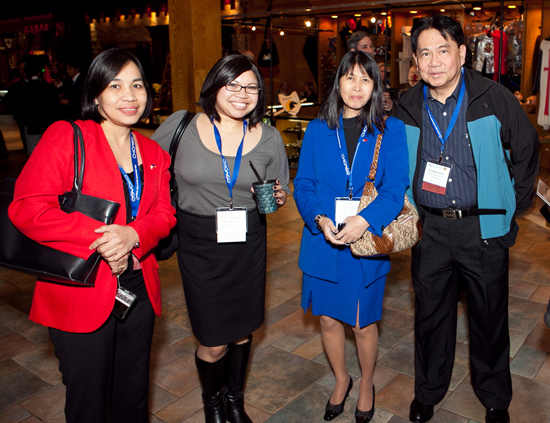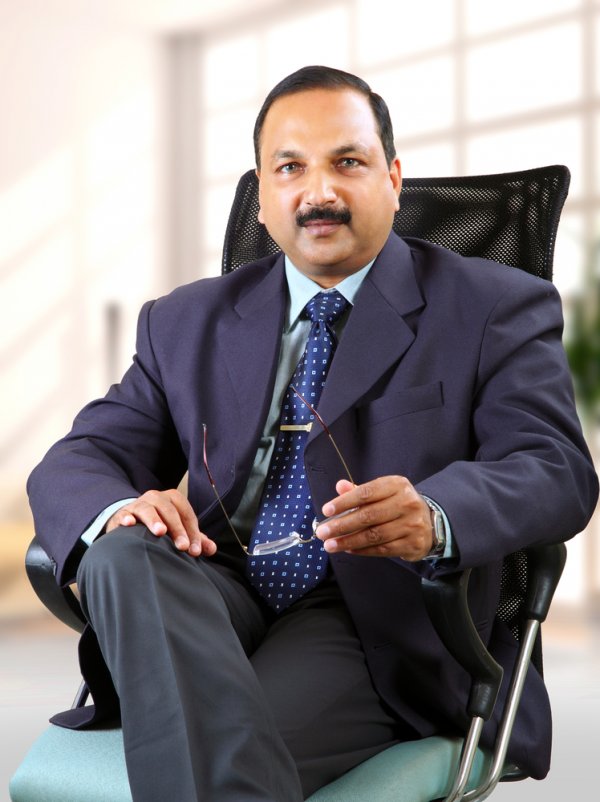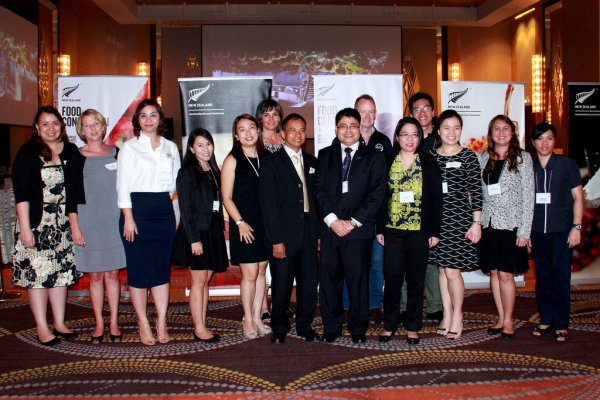Business Culture: Business Attire
Climate and Region
Located along the Pacific Ring of Fire in Southeast Asia, the Philippines has a tropical climate that is typically hot and humid. Visitors should be prepared for warm weather whatever the timing of the trip, even though the country does experience mild seasonal changes. There are three seasons in the Philippines: tag-init or tag-araw, a hot, dry season from March to May; tag-ulan, the rainy season from June to November; and finally tag-lamig, the cool, dry season from December to February. Temperatures generally range from 21°C (70°F) to 32°C (90°F), with an average of 27°C (80°F). Temperatures at sea level tend to be in the same range independent of latitude and longitude, but altitude does have an impact—which is why high-altitude cities such as Baguio and Tagaytay are favored retreats during hot summers.
Even though the weather is likely to be warm, Filipinos dress well for business and judge others by their clothes. As such, men should wear a jacket and tie for office meetings and follow the hosts' lead in removing jackets once a meeting has begun. Women should wear a business suit or similar ensemble, preferably with stockings. Though fashion consciousness will fit in, extremes in clothing or jewelry should be avoided.
Meetings and Presentations
No matter what the business situation, visitors should dress neatly and tastefully. Quality clothing is a must for both genders, even when it comes to footwear. Filipinos view attire as a statement of social status and rank within an organization, so wearing nice clothes will earn visitors more respect.
Initial greetings tend to be formal, and conservative but fashionable dress is preferred. Men should wear dark-colored suits, while women should wear business suits, professional skirts and blouses, or equally conservative dresses. Pants are not necessarily against the status quo for women, and are acceptable within office situations, but long skirts are preferred. Women's attire may be brightly colored as long as it is not ill fitting and is of superb quality. Since Filipinos place such high value on appearance, visitors should dress to make a positive first impression.
Subsequent meetings may be less formal, with men switching to a lightweight, long-sleeved shirt and necktie, and women wearing lighter suits and dresses. However, as a rule it is generally better to overdress, and then to take cues from those around you at subsequent meetings. Women should pack plenty of nylons, as hose are staple items of business attire in the Philippines. Again, for women color is appropriate, as long as the style remains modest and professional.
Visitors should take great care to be well groomed, as merits could easily be judged by appearance. Because of the heat and humidity, it is best to pack lightweight clothes that are made from natural fibers, preferably cotton.
Social and Networking Events
For informal occasions, local men wear the barong Tagalog, a translucent, embroidered shirt over a white T-shirt. If comfortable, foreign males can adopt this style, or can opt for an open-collared dress shirt or golf shirt with a company logo. A safe combination in most situations is a collared shirt and cotton trousers—preferably blue, green, brown, or black—paired with a belt and modest shoes with socks.
Women may also wear collared tops and golf shirts at social and networking events, but should take care to avoid unwanted attention by wearing tops with sleeves and modest necklines. Similarly, shorts and skirts should not be cut above the knee. Flip-flops, tank tops, jeans, and beachwear should be avoided at all times.
If invited out in the evening, a good tip is to inquire what the dress code might be like. Fine restaurants and establishments in major cities may have requirements such as a collared shirt and tie for men. No matter what the situation, visitors of both genders should wear quality leisure clothing and avoid anything that looks sloppy or untailored. Remember that appearance is very important in the Philippines, so dress to impress at all times.
Article written for World Trade Press by Libby Zay.
Copyright © 1993—2025 World Trade Press. All rights reserved.

 Philippines
Philippines 



